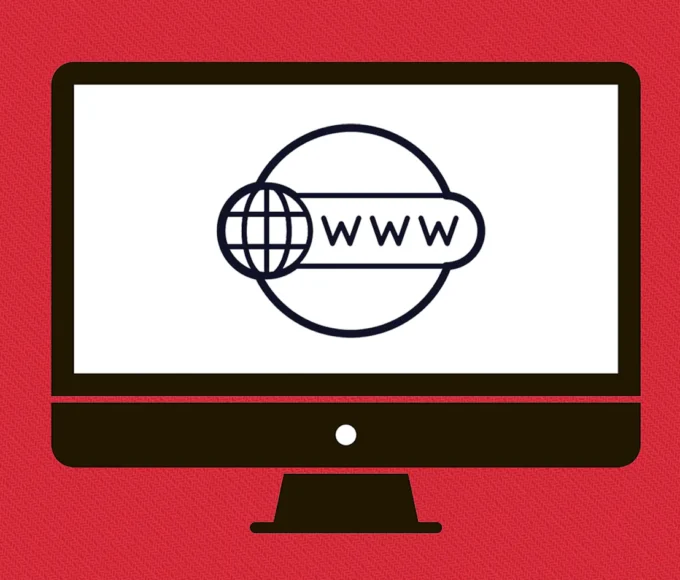Microsoft said Azure customers could see increased latency after multiple undersea cables were cut in the Red Sea, temporarily affecting traffic traversing the Middle East or terminating in Asia and Europe, before reporting services normalized by Saturday evening. The incident highlights the fragility of critical internet chokepoints and why even hyperscalers must reroute around subsea disruptions that take time to repair.
What Microsoft confirmed
Microsoft’s status update cited “undersea fiber cuts” in the Red Sea, noting that routes through the Middle East could experience higher latency while traffic not traversing that region remained unaffected, with engineers rebalancing and optimizing routing to reduce customer impact. By later the same day, Microsoft said it was no longer detecting Azure issues, indicating that rerouting had stabilized service even as repairs to the damaged cables remain a longer process.
The immediate impact for users
- Users whose workloads typically route through Middle East paths saw slower connections and potential delays, especially for traffic into Asia and Europe, until Microsoft’s rerouting alleviated the bottlenecks.
- Public dashboards and third-party monitoring groups reported degraded connectivity in multiple countries across the Middle East and South Asia, consistent with disrupted regional cable systems near Jeddah, Saudi Arabia.
- Microsoft emphasized that cable repairs take time, so temporary reroutes may raise latency on some paths even after core service availability is restored.
Why the Red Sea matters so much
The Red Sea is one of the internet’s busiest corridors, where bundles of subsea cables connect Europe, Asia, and parts of Africa—making it a single region whose failures ripple across continents. When bundles are damaged near shared landing points, traffic must detour over longer, more congested routes that can’t fully replicate the low-latency characteristics of direct paths, especially for latency-sensitive workloads. This is why even when cloud services remain online, end-to-end performance can feel slower until the physical infrastructure is restored.
What caused the cuts?
Microsoft did not say who cut the cables or why, and no single cause was confirmed at the time of the status updates and subsequent press coverage. In past incidents, undersea cables have been damaged by ship anchors, fishing activity, natural shifts, or suspected sabotage, but conclusive forensics often take time—and sometimes never arrive in public form. That uncertainty is precisely why cloud and network operators build in diverse routing options while acknowledging that chokepoints can limit the benefits of redundancy in certain geographies.
How Microsoft stabilized service so quickly
- Traffic engineering: rerouting along alternative network paths away from the Middle East to restore availability while accepting some increase in latency on affected flows.
- Continuous monitoring: adjusting routes in near-real time as conditions evolve to reduce customer impact as much as possible within the constraints of physical topology and capacity.
- Clear scoping: communicating that traffic not traversing the Middle East would be unaffected, which helps enterprises triage where to expect slowdowns and where to stand down.
What was affected—and what wasn’t
Microsoft’s update pointed to traffic “going through the Middle East or ending in Asia or Europe,” which aligns with independent reports of cable faults on regional systems that handle significant cross-continental traffic between Asia and Europe. Microsoft’s later note that it was no longer detecting issues suggests the platform remained operational while path selection and peering adjustments absorbed the shock, a pattern common in large-scale backbone events. Importantly, workloads not routed through the Middle East were never impacted, underscoring the geographic specificity of subsea chokepoint risk.
Why repairs take time
Undersea cable repair is specialized work: operators must locate the fault, dispatch a repair ship, retrieve the cable from the seabed, splice or replace the damaged section, and re-lay it while coordinating with multiple consortia and maritime authorities. Weather, depth, shipping lanes, security conditions, and the number of concurrent breaks can extend timelines, which is why cloud providers warn that while service can be restored via detours, full resilience may lag until the physical fixes are complete. Even after fixes, capacity might return in stages as each fault is addressed and tested, which keeps routing in flux for a period.

Broader context: not the first Red Sea cable shock
Regional cable incidents have disrupted transcontinental internet traffic in recent years, with reports noting prior Red Sea damage and speculation about geopolitical interference alongside accidental causes like anchors, fueling renewed focus on infrastructure security at maritime chokepoints. This backdrop has pushed cloud, telecom, and content providers to invest in more diverse cable routes and terrestrial backhaul, but geography still concentrates risk in narrow corridors like the Suez–Red Sea gateway. For enterprises, that means architectural resilience needs to assume that chokepoints can partially fail and still degrade latency or throughput even if platforms “stay up”.
What enterprises should do now
- Map critical paths: review where application traffic actually flows, including ISP routing and cloud region/zone dependencies, to understand exposure to the Red Sea corridor and similar chokepoints.
- Add diversity where it counts: use multi-region and, when justified, multi-cloud failover for customer-facing workloads in Asia–Europe paths to avoid single-route dependencies that magnify latency during reroutes.
- Monitor real user metrics (RUM): track latency, errors, and time-to-first-byte by geography to catch detour effects quickly and to confirm when performance normalizes after provider updates.
- Prioritize latency-sensitive services: temporarily shift interactive or real-time workloads to regions with more favorable paths until cable capacity is restored, then roll back once stability returns.
- Communicate with stakeholders: set expectations that service is available but may feel slower for specific geographies, and provide guidance on workarounds (e.g., scheduling batch jobs off-peak).
FAQs
- Is Azure down? No—Microsoft reported potential latency increases on routes through the Middle East and then said it was no longer detecting issues later the same day after rerouting, meaning availability was maintained with performance impacts in some paths.
- Who cut the cables? Unknown; Microsoft did not attribute the damage, and public reporting has not confirmed a cause, which is common in early stages of undersea incidents.
- How long will repairs take? Weeks is typical for complex, multi-cable breaks, though performance can normalize earlier as cloud and carriers reroute around the faults.
- Were other providers affected? Independent monitoring and regional reports described broader connectivity degradation across multiple countries, indicating impacts beyond a single cloud.
Conclusion
This incident was less a full-blown outage and more a reminder that the internet’s physical backbone has chokepoints where damage forces longer routes and latency penalties, even for hyperscale clouds. Microsoft’s rapid rerouting returned Azure to normal status by evening, but cable repairs remain a slower, maritime process that underlines the need for architectural diversity and real-world performance monitoring in enterprise workloads.
Key takeaways
- Microsoft flagged increased Azure latency on Middle East routes after Red Sea cable cuts, then reported no active issues later that day following rerouting.
- Traffic not traversing the Middle East remained unaffected, illustrating the geographic specificity of chokepoint risk and the value of diverse paths.
- Undersea cable repairs take time; rerouting restores service but may raise latency until physical capacity is fully back online.
- Enterprises should map routes, add regional diversity, monitor RUM by geography, and prioritize latency-sensitive workloads during detours.














Leave a comment